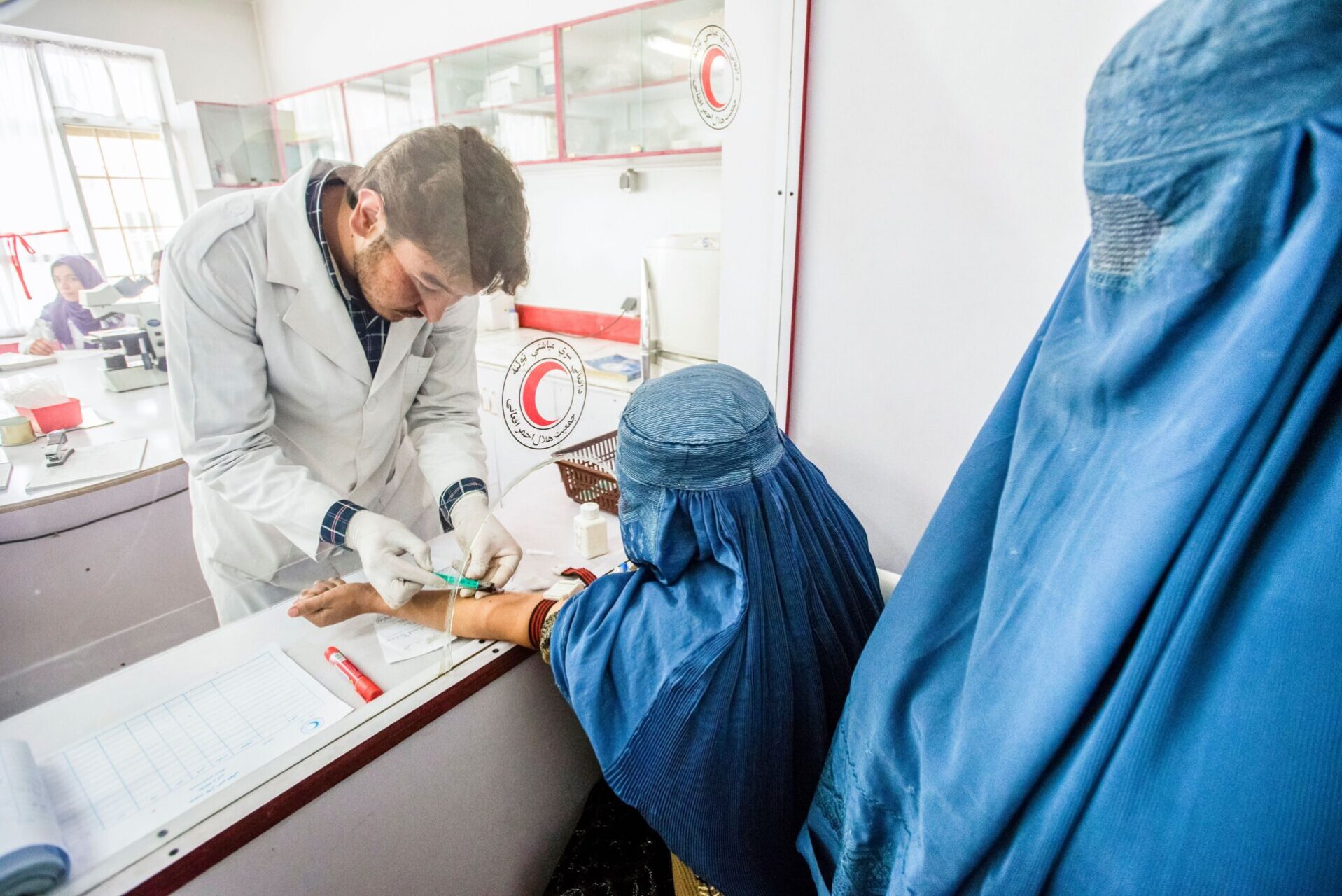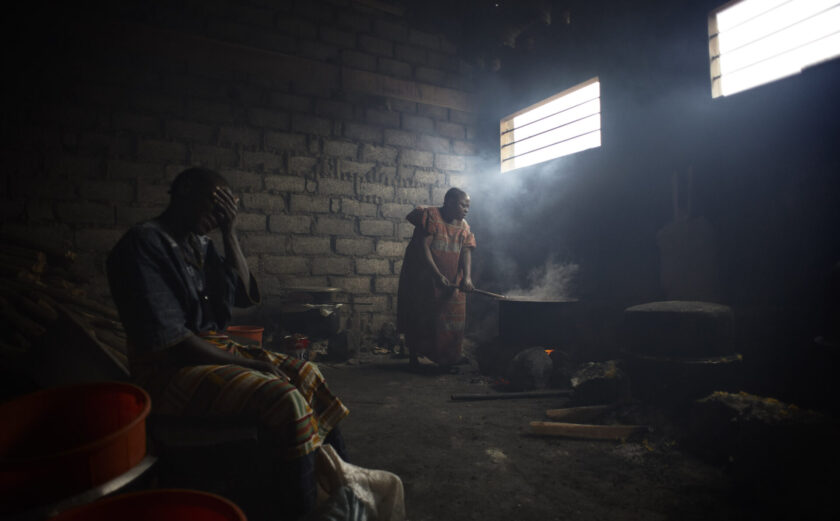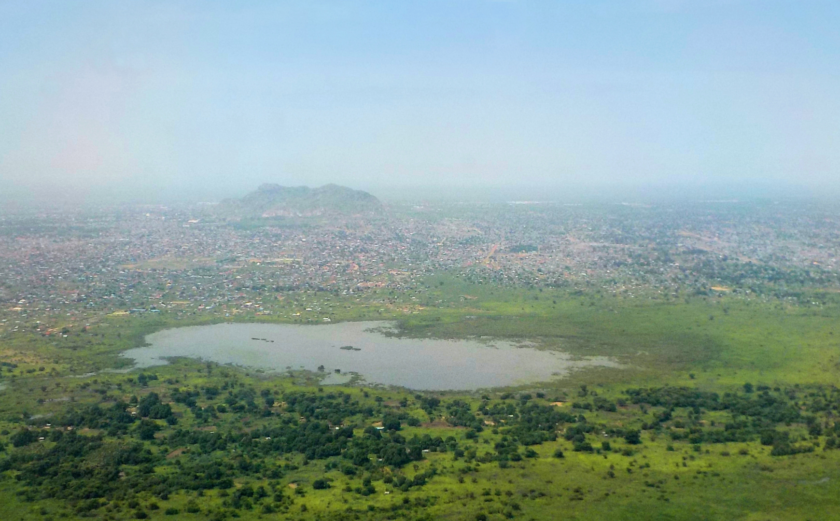
The Role of Gender in Afghanistan’s Humanitarian Response
Afghanistan Blog Series
Nearly three years after the change in power in Afghanistan, women and girls are being left behind as little to no progress has been made on women’s access to humanitarian assistance. With over half the population in need of humanitarian assistance and more than 15 million people classified as food insecure, Afghanistan is facing a rapidly worsening food and protection crisis.
Since 2021, the de facto authorities (DfA) have enacted a series of edicts aimed at restricting women’s participation in public life, including bans on girls’ education above the sixth grade, restrictions on women working in the humanitarian sector, and even their freedom of movement in public spaces without a mahram (a male relative serving as a chaperon). While NGOs are finding ways to access more women and girls as time goes by, the overall operating environment remains so restrictive that these improvements do not adequately address their needs.
When women are full participants in the humanitarian response, women and girls’ needs are more fully considered and elevated. This is especially true in countries like Afghanistan, where DfA policies restrict the degree to which women can interact with men, including humanitarian workers providing much-needed assistance. This makes women aid workers, especially those working for local organizations, a crucial lifeline for other women and girls in their communities. As Afghanistan’s economic decline continues and food insecurity grows, women are playing a key role in feeding their communities, even as they usually eat last and least in times of scarcity.
Barriers for Women and Girls
Despite modest improvements, significant barriers remain that challenge the humanitarian response. A recent U.N. Women Report noted that mahram policies complicate logistics and increase costs. Further, women-led and women’s rights organizations report that cultural norms and current restrictions on women and girls’ mobility, education, and work may have prevented women from accessing preparedness and early-warning information and resources during recent natural disasters, hindering their ability to evacuate swiftly. These and other gender-based impediments restrict women’s access to humanitarian assistance.
In addition to the access restrictions posed by the DfA, the continual limitations on women’s movement and participation have had negative impacts at the individual and household level. Afghanistan currently ranks 177 out of 177 countries on the Women, Peace, and Security Index.
Another recent U.N. report found that women are experiencing increased harassment and most feel uncomfortable leaving the house without a male relative. Women reported decreased levels of influence at both the community and household levels, which they primarily attributed to the absence of opportunities to participate in public life, as well as their lack of access to educational and livelihood opportunities. A stark finding of this report is that intergenerational impacts are beginning to appear, with boys internalizing messages about women’s “place” in society and girls feeling little optimism about their future prospects.
Moving Forward
Donors’ continuous support of the humanitarian response in Afghanistan is not only much needed, but a lifeline for millions fully dependent on aid. This support must be sensitive to the gendered realities of this context. In order to support a genuinely local response and improve Afghan women’s resilience, the international community must meaningfully engage women-led and to women’s rights organizations in all decision-making processes and prioritize the importance of women’s viewpoints and opinions to achieve equitable, inclusive, and long-lasting solutions.
Donors should also allow maximum flexibility for organizations to find ways to continue to engage women staff and community members, and cover the increased costs associated with women’s participation in the humanitarian response. This is especially true for Afghan women-led organizations.
Additionally, the status of women must remain a diplomatic priority for all states engaging with Afghan authorities; The restrictions on women in the humanitarian response must be overturned. The current situation is not a sustainable one and significant international attention and pressure is needed to safeguard women’s rights and ensure a future where women are full participants in their homes and communities.









